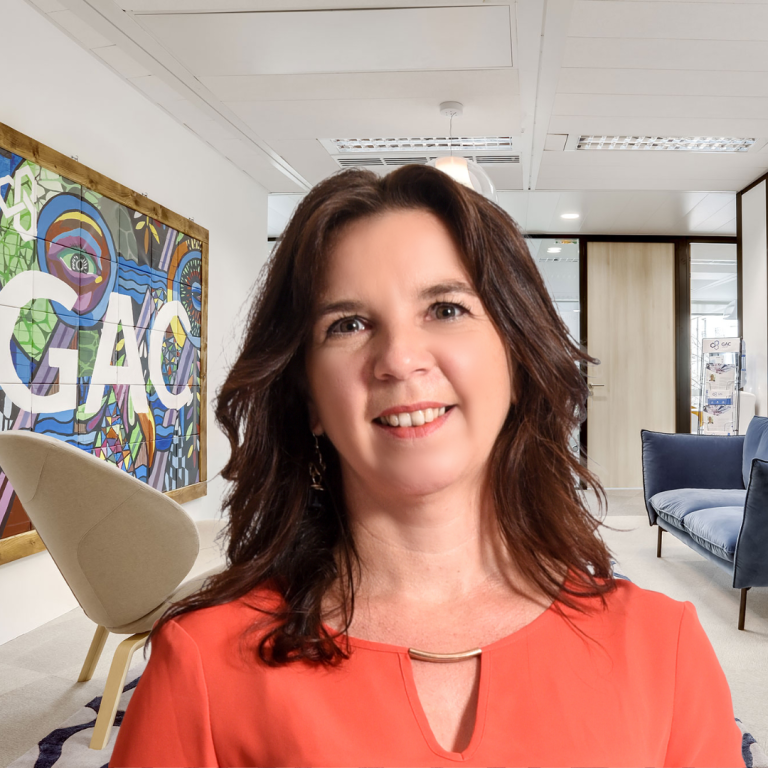Meet the CCRI stakeholders: RESOURCE (CCRI Project)
Published on 23.08.2023
In this month’s CCRI stakeholder interview, we speak to Géraldine Quetin, Project coordinator of RESOURCE – REgional project development aSsistance fOr the Uptake of an aRagonese Circular Economy.
Géraldine tells us about the work this CCRI Project is doing to accelerate the funding of circular economy projects, develop innovative solutions, and support its pilots to scale up their activities. RESOURCE is initially focusing on Spain’s Aragon region but plans to replicate and extend its support services around Europe.

What potential do you see in the CCRI and what do you hope to achieve by participating?
RESOURCE is a three-year, EU-funded project aiming to develop support services to accelerate the private funding of 13 circular economy projects in the Aragon region, before replicating and extending those services around the rest of Europe. We have the objective of helping our selected pilot projects to raise a total of EUR 20 million.
As RESOURCE project partners, we are keen to hear from other CCRI community members’ experiences, build upon the tools and methods that have already been developed, and find potential co-funders for our selected pilots.
We have already started collaborating with BioBoost (another CCRI Project). We regularly share relevant CCRI news and inputs with our pilots and we are happy to participate in CCRI meetings and webinars, most of all the last webinar on Navigating the funding landscape, which all RESOURCE partners found very interesting.
What circular economy experience – including technical, economic and legal expertise – can you bring to the CCRI community?
We are happy to act as a multiplier for the development of the circular economy within Europe.
RESOURCE is developing innovative solutions, starting with the Spanish experience in Zaragoza. The Aragon region has been developing a very interesting programme, Aragon Circular, selecting and supporting local circular economy projects. This initiative could be of interest to be replicated.
Our partner ANCES is also running several webinars on how to accelerate fund raising and how to better support entrepreneurs.
We are currently supporting our selected pilots to move to a larger scale and we expect to eventually share RESOURCE’s experiences, tools and lessons learned, and also to learn from the CCRI community’s expertise.
We will offer methodologies, guidance and contacts to support investment readiness and cover a wide range of funding sources for circular economy projects.
In what ways can you support investments at local and regional scale across Europe in the circular economy?
We hope to engage a ripple effect to investments in circular economy at a larger scale, all around Europe. We are currently identifying best practices across Europe and we will study them to get their experience as bootstrappers.
RESOURCE has also the privilege to be advised by top-notch professionals gathered in an Advisory Board, whose purpose is to advise the consortium in the refining our KPIs, monitor our results and raise recommendations to maximise achievement.
Our first Board meeting, held early July, has already raised interesting questions regarding investment readiness and attractive key factors for supporting circular economy projects, for instance the proof of concept is crucial and mentorship is a key asset to deploy.
Some of our projects have already started to be introduced to investors, so we will quickly be able to refine what the key attractive points are for them, and what is different from other sectors.
To find out more about RESOURCE, visit their profile on our website.

including bio-based economy
<5 000
large 500 000-200 000, medium 200 000-50 000, and small cities 50 000-5 000
large metropolitan area >1.5 million, metropolitan area 1.5 million-500 000
predominantly urban regions, intermediate and predominantly rural regions, refer to TERCET typology NUTS 3 region



